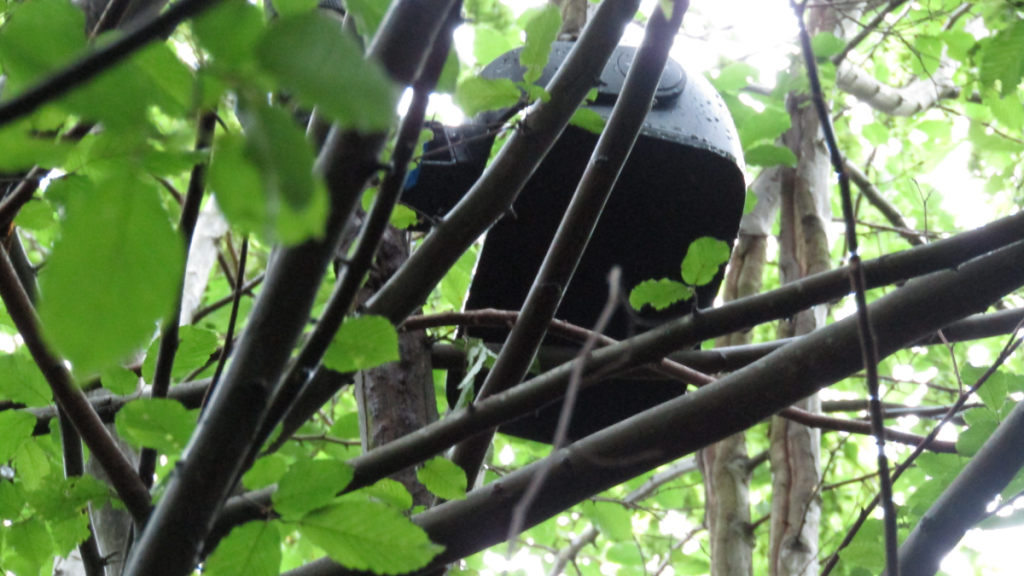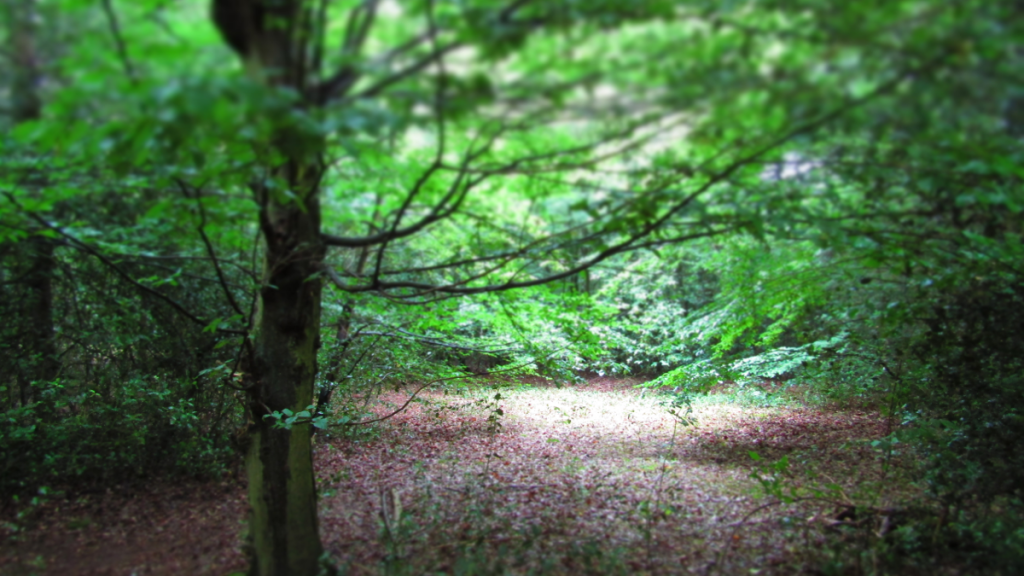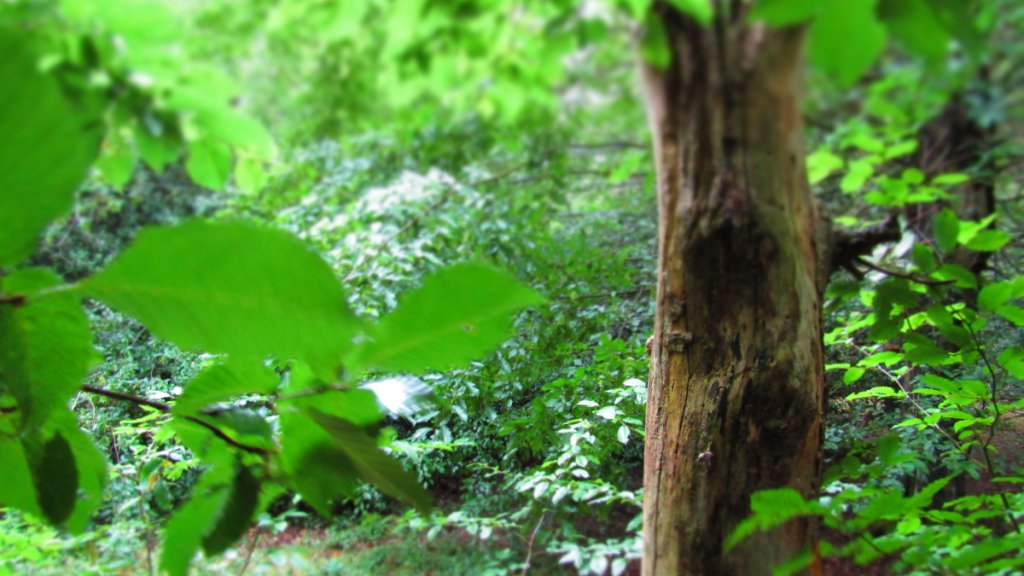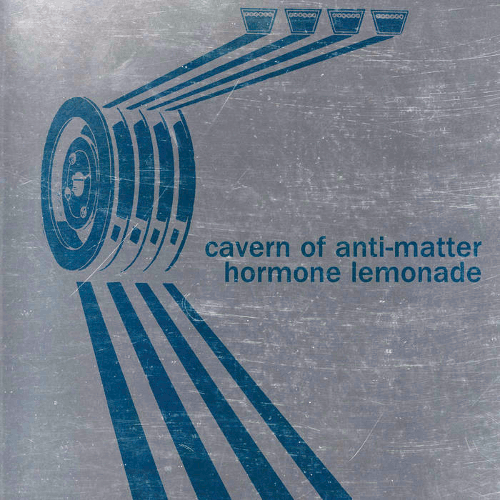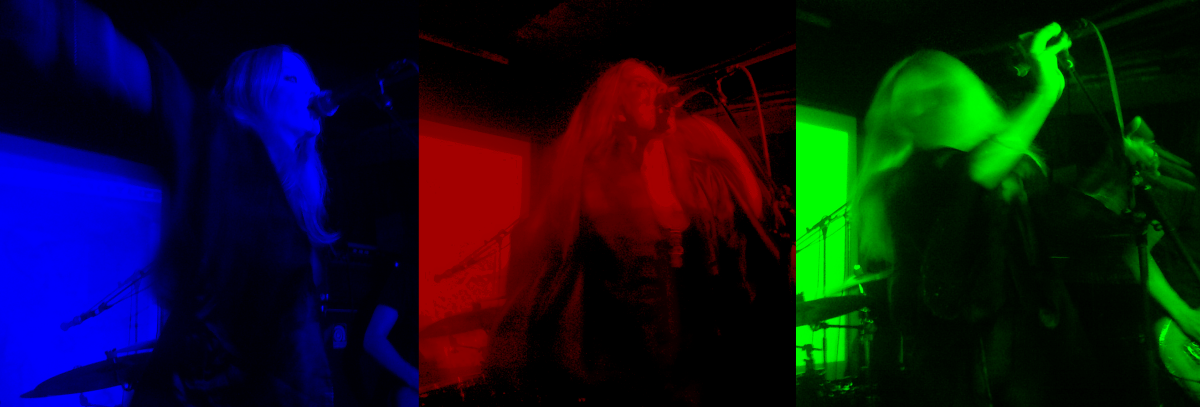Epping Forest
Until 28 July 2019
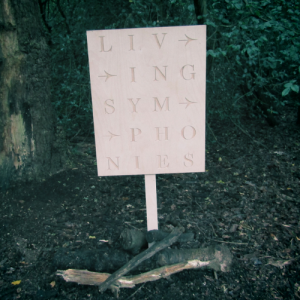 Something is stirring in the forest.
Something is stirring in the forest.
Epping Forest to be precise, that area of ancient woodland straddling the divide between London and Essex. The woodland there has existed since Neolithic times at least, and scholars now believe it was granted legal status as a royal forest by Henry II as far back as the twelfth century.
Though keeping hunting rights in the forest as the sole preserve of royalty – most famously exercised by the mythic English monarchs the Tudors, ‘enry VIII and his daughter, Good Queen Bess – this status by no means excluded the common folk, allowing them as it did to gather wood and edible materials, and to graze livestock and let their pigs forage for mast. Through time, this mixed access gradually earned the woodlands the informal sobriquet, “The People’s Forest”.
In the nineteenth century, though, a shadow fell across this little piece of exurban Eden, threatened with enclosure as it was by – you guessed it – the rapacious private landlords of the era. Luckily, one Thomas Willingale, late of the parish of Loughton, was so incensed by this erosion of commoner rights that he decided to fight the proposal, a train of actions precipitated by his truculent bloody-mindedness eventually persuading the City of London Corporation to take on the landowners and “secure for the People, for the purposes of public health and recreation” the remainder of the forest of Epping. The corporation then took legal proceedings against the enclosures, beginning in August 1871 and resulting, ultimately, in the Epping Forest Act of 1878. Willingale’s protest was one of the very first conservation movements, and a precipitant action in the eventual formation of the National Trust.And now, 141 years later, in a spirit of celebration of this unique environment (a designated Site of Special Scientific Interest), the London Borough of Waltham Forest – revelling in its inaugural London Borough of Culture 2019 title – have commissioned Living Symphonies, a musical composition and installation created by artist duo Daniel Jones and James Bulley as part of the year-long People’s Forest season of events.
Now, I can’t say that the invitation to visit this installation didn’t cause a slight shiver of trepidation to run slowly down my spine. In my half century on Spaceship Earth, I’ve been to a ton of “site specific sound installations” and, frankly, the vast majority have been toss. No, make that complete toss. A few aimless and perfunctory three-minute tape loops chucked in post hoc to a rusting industrial facility / former swimming pool / moody storage depot / freezing cattle barn (delete as applicable). Living Symphonies, I’m delighted to report, is a whole different ball game altogether. Jones and Bulley (who have previous form in this sort of arboreal caper), begin by mapping the territory, spending weeks working alongside local ecologists to survey the indigenous flora and fauna, habitats, food sources, weather conditions and movements in scrupulous detail. Each of these elements then receives its own bespoke scored motif, played and recorded by a local musician, these motifs varying from tinkling pianoforte to earth-shaking J Arthur Rank gong hit, via all points in-between. A butterfly may be an arpeggiated cello, a hornbeam two duelling violins.From this point onwards, control shifts from away from human bio-hands and into the loving grace of the machines, a sophisticated computer model monitoring the weather conditions, environmental metrics, diurnal rhythms et al, and playing combinations of the motifs in condition-specific configurations, all related via a linked series of forty or so speakers secreted around the canopy and the undergrowth of the forest. The obvious problem – creation of a jagged and unlistenable cacophony – is avoided by the algorithm’s observance of a principle of “dominance”, whereby the primary species present at any one time is foregrounded in the musical mix, and the motifs of the all other less dominant species present must conform to its tone row.
All that, however, is to make the exercise sound extremely dry and technical. At the end of the day, the success of the work must come from jettisoning all curatorial preamble and experiencing it in situ, free of text, the listener finding it either moving or snoozing. On the Friday afternoon of my visit, I had high expectations of a glorious sunny afternoon (which the preceding week had provided in plenty), sunbeams streaming down through the beechwood canopy and moats of woodland debris floating in the stillness. Instead, however, a light rain was falling over the forest. Initially, I was somewhat disappointed, but after a while, the gentle dripping of droplet from leaf lured me in and bewitched me with its spell.Wandering through the trees, into green clearings and around mossy logs, the music ebbed and flowed, sometimes peaking in an orchestra of cellos, bassoons, flutes and tubas, at other times, when a tree was drawing up water from the soil for instance, everything would drop suddenly away leaving only the ambient drone of a harmonium or the subtle shimmer of a tolling gong. The effect was utterly beguiling.
Musically, the slowly-evolving, avant-modern composition is a delight to listen to, as though These New Puritans (good Essex lads themselves) were playing just out of sight in the next thicket. I could happily sit in the armchair at home and enjoy this, so with the added thrill of exploration within such beautiful ancient woodlands, Living Symphonies is a pleasure to the senses. The only horsefly in the ointment is that the work cannot stay in the forest all summer long. Sadly, prohibitive security costs mean that the work is perforce time-limited: with numerous high-end speakers rigged up in the open, night-time security must be ever-present in order to deter the grasping nocturnal hands of the area’s tea leaves (look it up if you don’t speak terrible rhyming slang). So, in short, the piece is running until Sunday 28 July only.That’s still just about a week from now. So, get on the train to Chingford, walk up from the station to the magnificent Queen Elizabeth Hunting Lodge, and from there make your way into the People’s Forest for a musical foray through the foliage. With the current “wellness revolution” going on around us night and day, people are willing to pay an arm and a leg for this sort of experience. Courtesy of Waltham Forest, it can be yours for free. You have almost seven days. Well, what are you waiting for?
-David Solomons-
Living Symphonies is part of The People’s Forest series (part of Waltham Forest London Borough of Culture 2019) – more details here.
